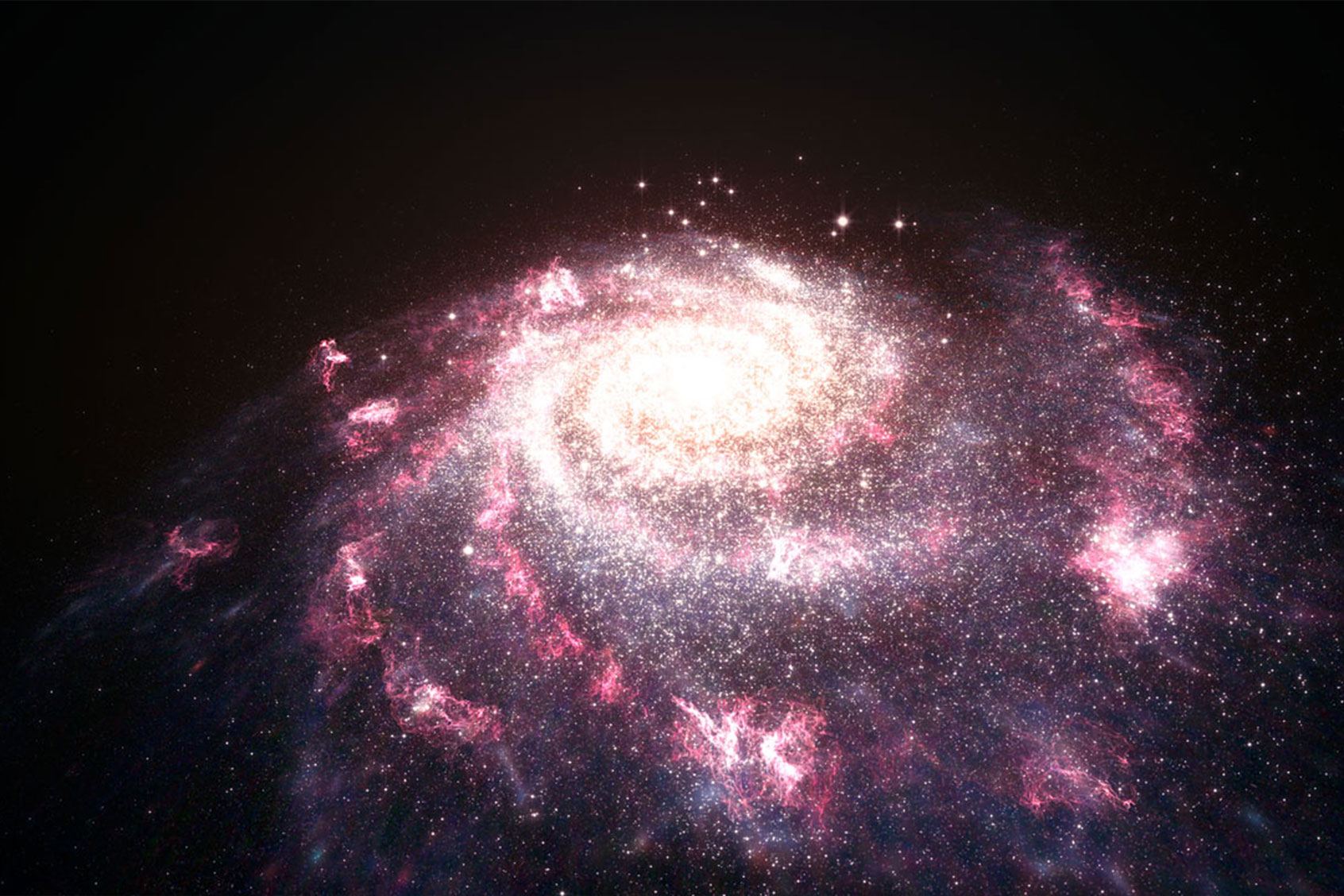Astronomers who were perplexed by the James Webb Space Telescope’s (JWST) images of the universe’s earliest galaxies can breathe a little more easily: Scientists have just explained away certain features of those galaxies that had previously been regarded as impossible.
The confusion began last year after the JWST discovered the universe’s earliest galaxies seemed to be too massive to have formed immediately after the Big Bang. According to a recent study in the scientific publication The Astrophysical Journal Letters, the biggest problem was that the galaxies were too bright. Because brightness typically corresponds with mass, the galaxies seemed to be far too large to have been the earliest possible mega-cluster of stars. If that had been the case, their brightness suggested they had grown at a ludicrous rate. It even made some astronomers question the standard model of cosmology. Yet the Northwestern University-led team of astrophysicists squared this apparent circle by explaining that the brightness of these early galaxies does not require cosmologists to reconsider their conceptions about the history of the universe.
In fact, there is a comparatively anodyne explanation for the brightness of those early galaxies: It appears that irregular, brilliant bursts of star formation within these early galaxies send out shoots of light that brighten them more than they otherwise would be given their size. “The brightness of a galaxy is more directly related to how many stars it has formed in the last few million years than the mass of the galaxy as a whole,” Northwestern University’s Claude-André Faucher-Giguère, the study’s senior author, said in a statement.

